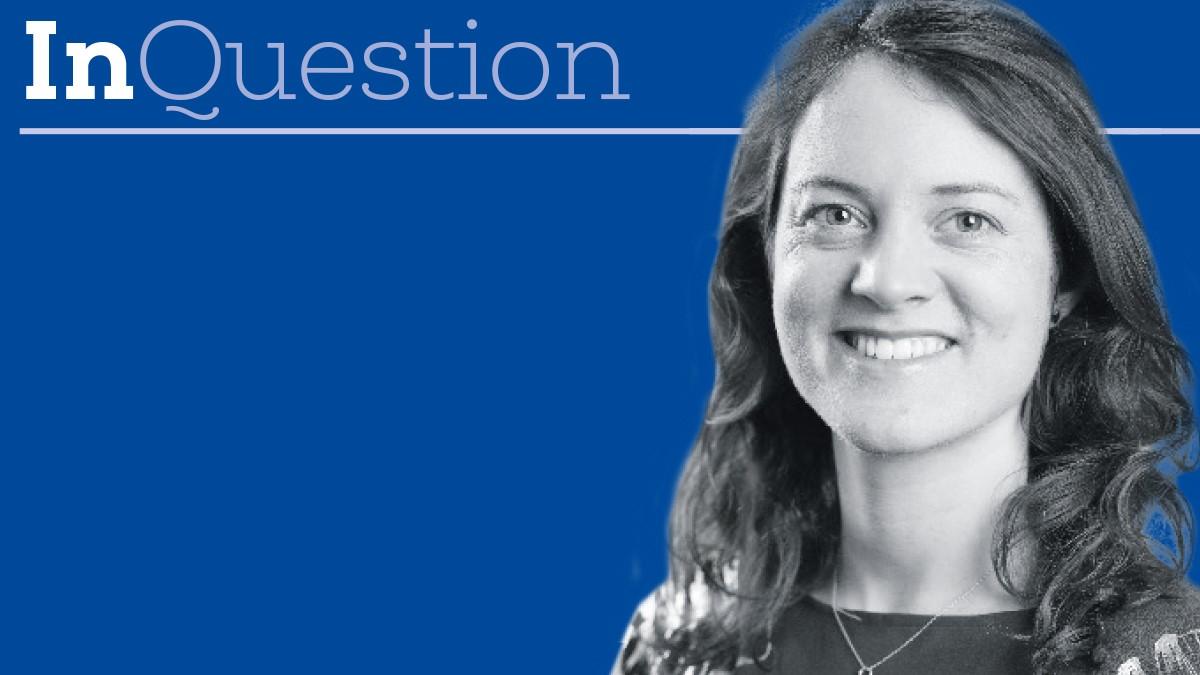CSP professional adviser Alex Nambyiah asks the important questions about student placements

Traditionally student practice placements are workplace-based and take place in a face-to-face environment.
Developments in technology have led to many organisations offering digital healthcare services, and the Covid-19 pandemic has accelerated this trend.
These are referred to as technology enabled care services (TECS) and are used widely in physiotherapy.
Remote and virtual student placements have many benefits. Students can participate in practice placements without being constrained by geography, allowing them to complete all or part of their placement from another location.
Examples include:
- placements using telehealth
- policy or leadership placements
- research placements
- artificially constructed environments representing realistic scenarios, also known as simulation
The CSP has recently launched its web placement profile pages, which highlight some of the placement models being offered in the UK.
These case studies capture current practice and innovation and give members the opportunity to learn from each other’s experiences.
Examples include telehealth placements with Age UK, a university-led virtual placement, and a virtual MSK placement.
We will also promote new videos about placements in our Physiotherapy News emails and on CSP social media channels soon, which demonstrate that:
- placements can happen in any setting where physiotherapists work
- all team members should support students regardless of their level
- not all placements have to be face-to-face.
Key links:
We would also really like you to share your placement examples. If you are a supervisor, practice educator, student or in any other role that involves placement setup and delivery, please visit our practice-based learning pages and Tell us more about placement.
Number of subscribers: 2
